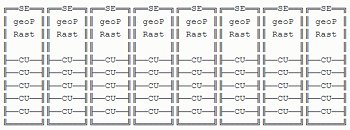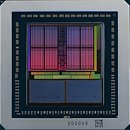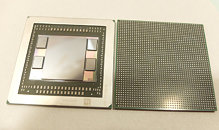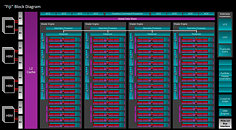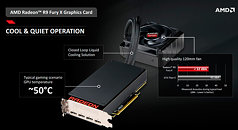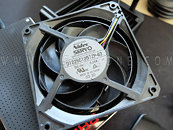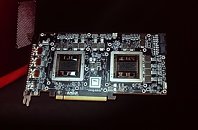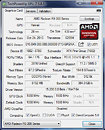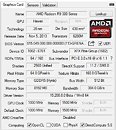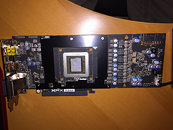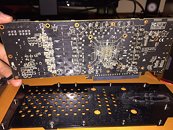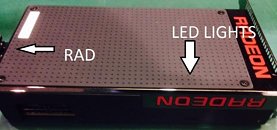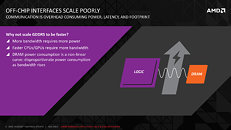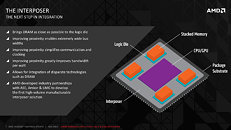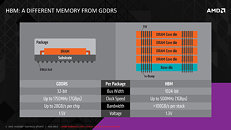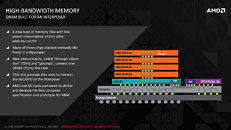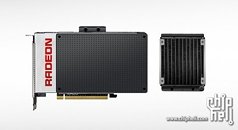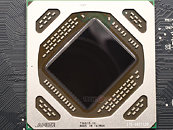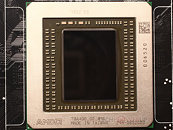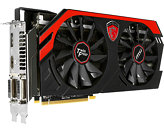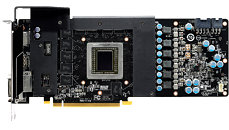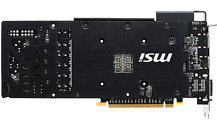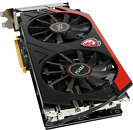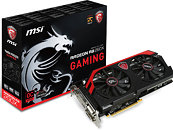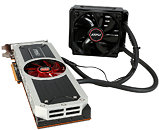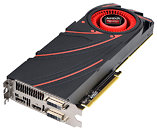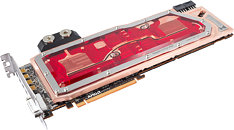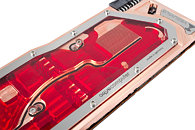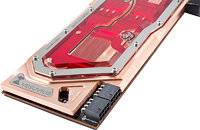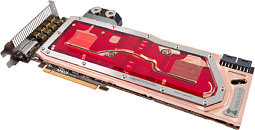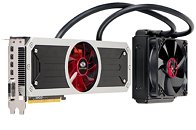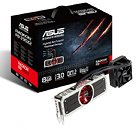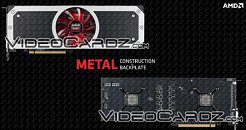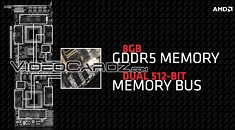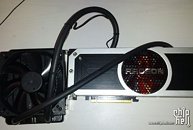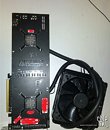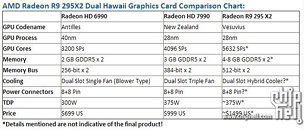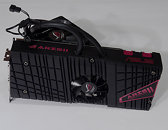
AMD "Navi" Features 8 Streaming Engines, Possible ROP Count Doubling?
AMD's 7 nm "Navi 10" silicon may finally address two architectural shortcomings of its performance-segment GPUs, memory bandwidth, and render-backends (deficiency thereof). The GPU almost certainly features a 256-bit GDDR6 memory interface, bringing about a 50-75 percent increase in memory bandwidth over "Polaris 30." According to a sketch of the GPU's SIMD schematic put out by KOMACHI Ensaka, Navi's main number crunching machinery is spread across eight shader engines, each with five compute units (CUs).
Five CUs spread across eight shader engines, assuming each CU continues to pack 64 stream processors, works out to 2,560 stream processors on the silicon. This arrangement is in stark contrast to the "Hawaii" silicon from 2013, which crammed 10 CUs per shader engine across four shader engines to achieve the same 2,560 SP count on the Radeon R9 290. The "Fiji" silicon that followed "Hawaii" stuck to the 4-shader engine arrangement. Interestingly, both these chips featured four render-backends per shader engine, working out to 64 ROPs. AMD's decision to go with 8 shader engines raises hopes for the company doubling ROP counts over "Polaris," to 64, by packing two render backends per shader engine. AMD unveils Navi in its May 27 Computex keynote, followed by a possible early-July launch.
Five CUs spread across eight shader engines, assuming each CU continues to pack 64 stream processors, works out to 2,560 stream processors on the silicon. This arrangement is in stark contrast to the "Hawaii" silicon from 2013, which crammed 10 CUs per shader engine across four shader engines to achieve the same 2,560 SP count on the Radeon R9 290. The "Fiji" silicon that followed "Hawaii" stuck to the 4-shader engine arrangement. Interestingly, both these chips featured four render-backends per shader engine, working out to 64 ROPs. AMD's decision to go with 8 shader engines raises hopes for the company doubling ROP counts over "Polaris," to 64, by packing two render backends per shader engine. AMD unveils Navi in its May 27 Computex keynote, followed by a possible early-July launch.
